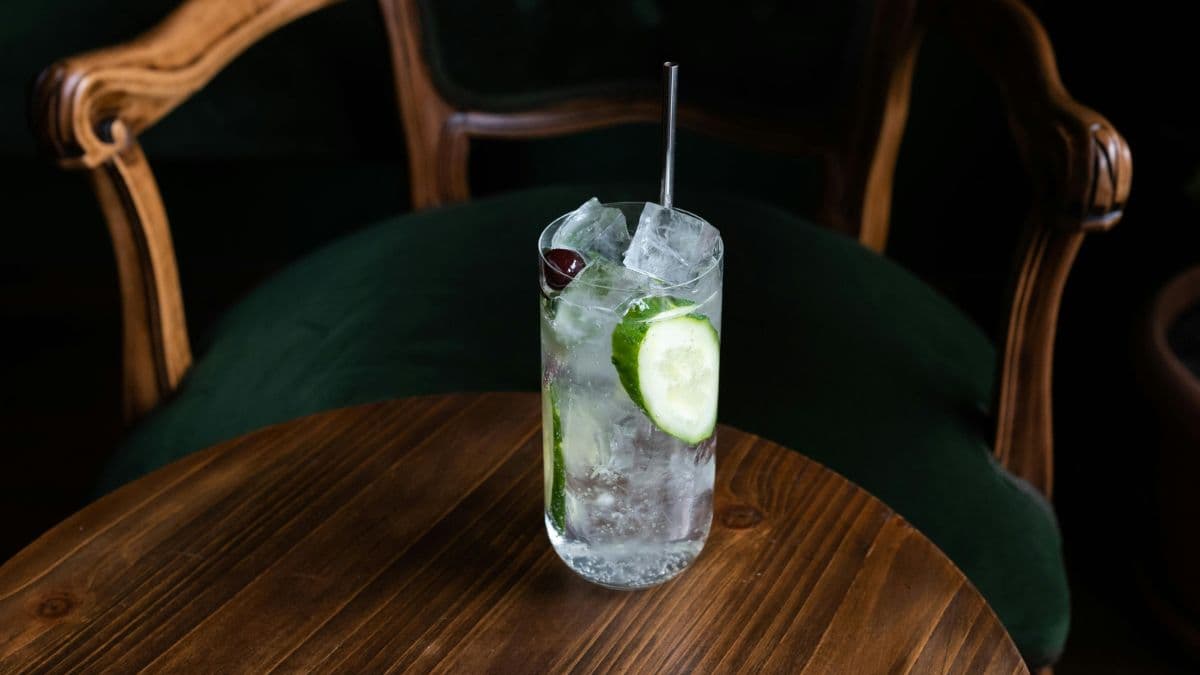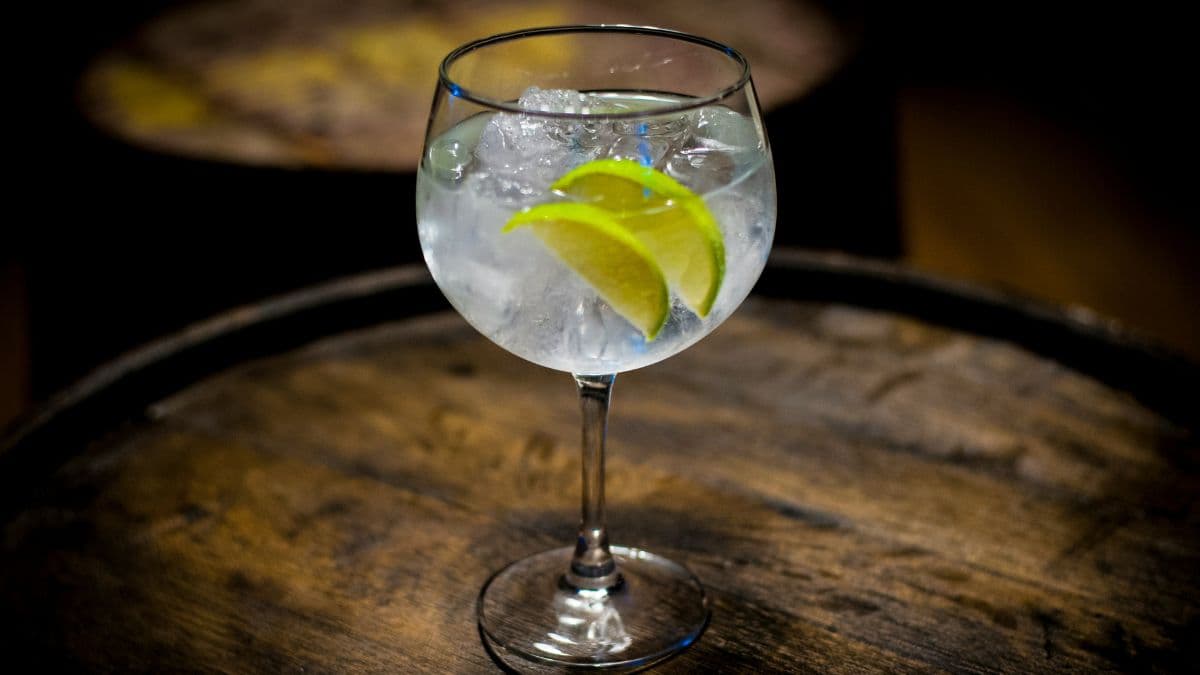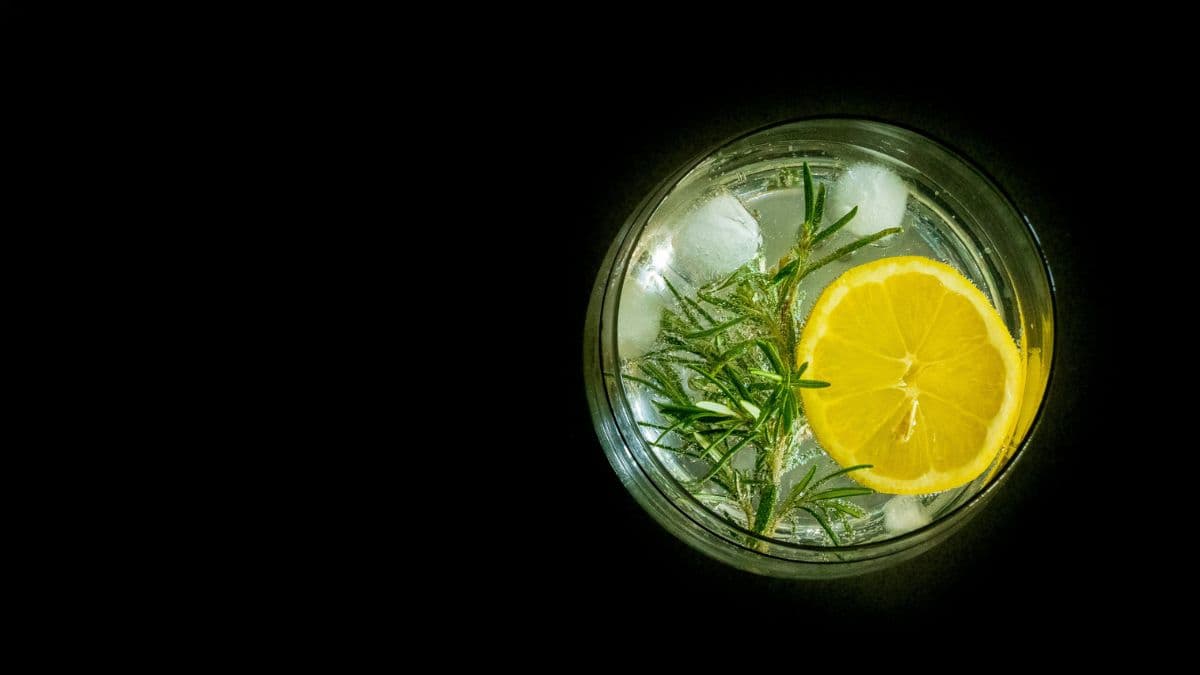What Type Of Ice Is Best For A Gin & Tonic? Yangdup Lama Settles The Debate Over Cubed Vs. Crushed
Given its ideal balance of bitter and sweet, versatile character and scope for variation, the gin and tonic offers an interesting interplay of botanical notes of the base spirit and textural integrity from fizzy tonic water. The simplicity of the concoction, courtesy of its specific but minimal building blocks, provides a standout blend of zingy and fresh flavours. Aside from the gin and tonic itself, which form key ingredients, what really elevates the cocktail is the way ice is used to effectively direct the unravelling of flavour on the palate. On paying closer attention to the impact ice can have on cocktail making, it is of great value to also develop an understanding of the type of ice required and how it changes the dynamics of temperature and dilution. In an expert breakdown of the science behind the perfect gin and tonic cocktail, mixology maestro Yangdup Lama sheds light on the details of the frozen element.

On The Effects Of Adding Ice To A G&T
Aside from a change in temperature, Yangdup states that ice is a very important component of a cocktail - which can either make or break a drink. While chilling is surely a major function, dilution enables the cocktail in becoming more palatable. He believes that since most spirits are of a 40% alcohol composition, ice helps reducing the potency slightly as well as in binding flavours.
On A Preference Between Using Cubed Or Crushed Ice
In Yangdup’s words, “The more the ice, the better the taste.” He quips that ice helps in ensuring that the dilution isn’t excessive, leading the drink to become more watery. This keeps the mouthfeel intact and the taste of the cocktail as authentic as possible. “The idea for using cubed ice, which is my personal preference, is that it reduces the temperature as quickly as possible while also keeping the dilution under control,” he adds.

On Dispelling Ice-Related Myths About The G&T
Ice in a G&T was initially used as a way to make the spirit more acceptable to the palate, given that the spirit was not consumed in the refined form as one knows it today. The most common misconception associated with usage is that all kinds of ice serve the same function, which is far from the truth. While large cubes melt slowly and regulate the taste of the drink gradually as it sits, crushed ice tends to melt quicker and turn the cocktail watery.
On Whether The Shape Of Ice Matters For A G&T
Yangdup believes that when making a gin and tonic, not only does the shape of the ice cube matter, but so does the size. “When you have a larger cube in solid form, it helps in making sure that the drink remains colder for a long time without further dilution. In terms of shape, it matters because if the cube does not have a hollow centre, the dilution is lesser; basically, the lesser surface area the ice has to interact with the drink, the dilution is lesser and it helps to keep the drink as is,” he points out.
Also Read: Gin & Tonic Cocktail: 5 Tips For Making A Perfect Drink At Home

On The Parameters Of A Good G&T
As we already know, the key role of ice is to make the spirit more palatable. At the same time, adding too much ice can also numb the palate of the drinker, so ensuring that ice does not become a part of the sip is crucial to be mindful of. In Yangdup’s opinion, the flavour of the botanicals shines through when the gin is cold without the sharp unpleasantness that the spirit would otherwise possess. While he emphasises the idea that a cocktail connoisseur should enjoy the experience of sipping the cocktail rather than being critical of its craft, maintaining a 1:2 or at best a 1:3 ratio of gin to tonic is what he suggests would be most ideal.
Given the effervescent texture, which is integral to the cocktail, large ice cubes enable the carbonation in the tonic to create more bubbles than standard ice cubes would. The aesthetic value is enhanced further as a result, all the while keeping the integrity of the cocktail as well as its elements true to their form. The universal ingredient can also be variated in forms such as spheres, rods, diamonds or customised moulds which can be reserved for smaller batches of drinks or even for single servings.
Moreover, shaping ice to appear crystal clear when placed in glassware also means that they must be stored in the right way - preferably in airtight containers, as a way to prevent freezer burns, unpleasant odours or even the formation of a misty layer on top. More importantly, using ice cubes promptly once they have been set is as crucial to maintain freshness throughout the sips as well as preventing them from becoming cloudy. Find a recipe for the ultimate gin and tonic cocktail by clicking here.
*Drink Responsibly. This communication is for audiences above the age of 25.




